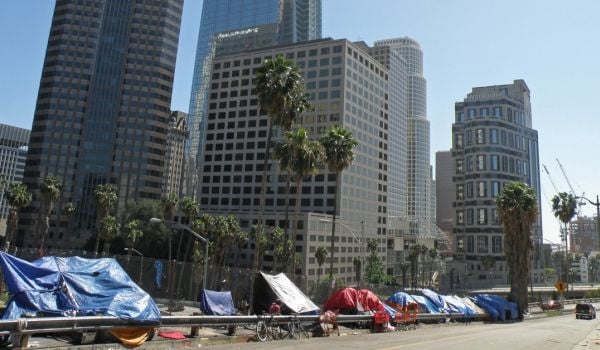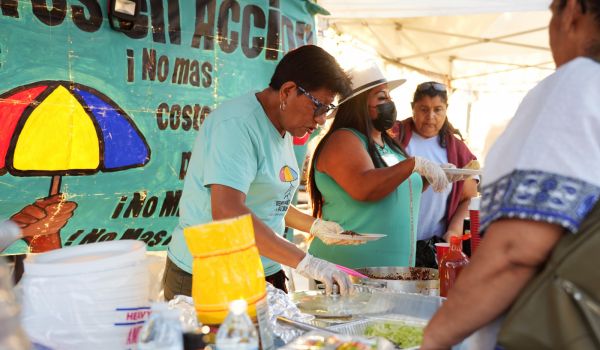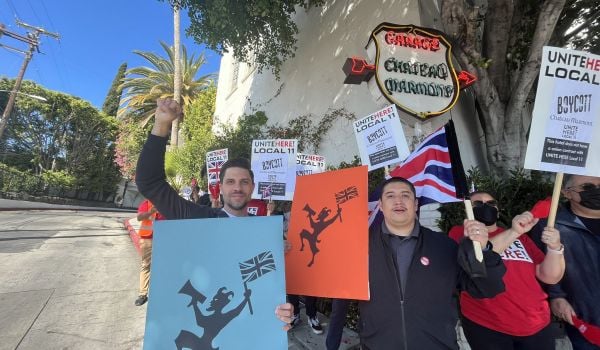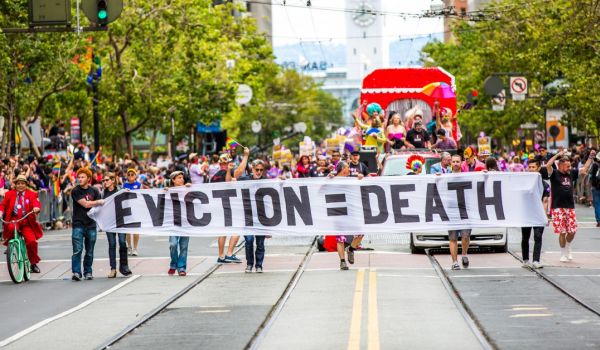This piece originally ran on CampusProgress.org
Conventional wisdom holds that as California goes, so goes the nation, in ten or twenty years. The suburbs exploded first in California, and today the average American drives 29 miles in a day—a major source of greenhouse gas emissions. But California, once a leader in suburban growth, now seeks to become a leader in alternative transportation.
On Election Day, California passed Proposition 1A, a $9.95 billion state bond for a high speed rail line linking northern and southern California. The proposed rail line would allow passengers to get from Los Angeles to San Francisco in less than three hours, far faster than the current option on Amtrak. It would also link cities that are closer to each other, such as Sacramento to San Francisco and San Diego to L.A. Supporters hope that it would attract people who currently fly or drive those distances, and thereby reduce traffic and pollution. Many progressives and smart growth advocates have said that California struck a blow for progressive infrastructure construction.
But I’m not sure I entirely agree. While making the trip from Los Angeles to San Francisco by high-speed rail instead of by flying would save some CO2 emissions, the bigger problem is not that you can’t get from L.A. to San Francisco fast enough by train, it’s that you can’t get around L.A. or San Diego, the nation’s second and eighth largest cities, respectively, without a car.
The rail project will cost substantially more than the $10 billion that the bond invests. Architects of the project estimate that it’s a $42 billion endeavor, with various government agencies kicking in money. That is a large investment, and there might be better ways for California to invest in more locally focused transit and get more environmental bang for its buck.
Of course, mass transit is for more than just the environment: It’s a tool for social justice and mobility. But the idea of long-distance high-speed rail is primarily of interest to business travelers and the relatively wealthy. The people who need subways, trolleys, and buses to get around the fringes of L.A. are poor and working class. Sure, when the Google gang comes down to L.A. they can take the high-speed train instead of flying, but the housekeepers who commute from East L.A. to Westwood by bus or car won’t see their lives change at all.
Even if you’re considering the middle class who might make trips between cities fairly often, high speed rail does little to combat the fact that one cannot get around L.A. or San Diego without a car upon arrival. If people plan to take the train for shorter trips between cities, they may end up needing a car on the other end. For mass transit to really remove auto-dependence it has to connect walkable urban areas.
It’s useful to look at the $42 billion estimated for the high-speed rail project in terms of other public transit projects. The Second Avenue subway line in New York City is projected to cost $16.8 billion to build and will transport 600,000 people daily. That’s 210 million rides per year, many of which are currently carried out by some form of automobile: taxis, cars, or buses. The California high-speed rail line, on the other hand, hopes to have just 55 million trips by 2030. That’s one-third the annual riders for three times the price of construction. What California needs is a Second Avenue Subway equivalent; it may be a network of buses rather than trains, but that seems to me to be the model worth imitating.
I don’t want to set up a false dichotomy between inter-city travel like the high-speed rail initiative and intra-city and commuter transit like city buses; each is beneficial in their own way. But, assuming there is a competition among scarce resources, there must be a healthy debate about not just the need for rail redevelopment in general, but what should be a top priority. High-speed rail is a legitimate social good, and a necessity for economic competition. France and China have high-speed rail lines, and such investments may increase tourism in Northern and Southern California. Ideally, society should embrace supporting both short- and long-distance rail services.
This was the only smart growth ballot initiative on the ballot; there weren’t other initiatives for increasing city transit. The general progressive excitement over the initiative’s success is appropriate, if perhaps out-sized. But the real challenge for Californians—retro-fitting their sprawling suburbs into places where one can live without owning an automobile—still lies ahead.

Ben Adler is a journalist in New York. He is a former reporter for Grist, The Nation, Newsweek and Politico, and he has written for The New York Times, The Atlantic, The Guardian and The New Republic.















